Around 30,000 edible plant species have been identified globally, with over 7,000 crop types grown for human use. Only 150 crop species are economically farmed; 103 offer up to 90% of the calories in the human diet, and only four (rice, wheat, maize, and potato) give 60% of human energy. As a result, tens of thousands of edible plant species are “underutilized” and could be utilized to meet the world’s growing food needs. Crops can be classified into two groups (staple and underutilized). The term “underutilized crops” refers to crop species whose nutritional or dietetic utility has yet to be thoroughly established or recognized. ‘Indigenous crops or food,’ on the other hand, refers to food native to a certain location rather than being imported. A food species may be underutilized in one place but not in another for clarity. The word “underutilized” has been used to describe crop species that have potential but have fallen out of favor for a variety of reasons, including “orphan,” “minor,” “new crops,” and “neglected.” Wild or semi-domesticated species adapted to local climates make up the majority of underutilized crops. For ages, these crops were used as traditional staples, but when more profitable crops became accessible in farming systems, they became progressively disregarded. Neglected and underutilized species hold enormous potential for combating poverty, hunger, and malnutrition, and their integration into farming systems could result in nutrient-dense, climate-resilient, and sustainable agriculture. Neglected and underutilized species are high in micronutrients, protein, energy, and fiber and are a valuable source of these nutrients. Many NUS crops may be grown on marginal land, intercropped or rotated with staple crops, and are easily included in integrated farming systems. NUCs (neglected and underutilized crops) are not only good sources of food and fiber, but they also have a lot of therapeutic value.
These neglected and underutilized crops can bridge the nutritional gap to produce foods that are needed for a healthy diet. As per a recently published paper, the available information about the “neglected and underutilized crops” is very limited that is attributed to the lack of clear research goals, limited funding directed for these crops and journal apathy towards publishing work on neglected and underutilized crops. This book contains 17 chapters that cover different underutilized crops (cereals, seeds, fruits and vegetable crops) with detailed information about their production, processing, health benefits, nutritional value, therapeutic value and the future prospects of these food crops.
This book is designed to provide in depth information of underutilized crops, their production, value addition and therapeutic uses in a balanced and comprehensive fashion to researchers, professionals and students. The book is well illustrated to help students, researchers and professionals to better understand the principles and concepts about the underutilized crops.

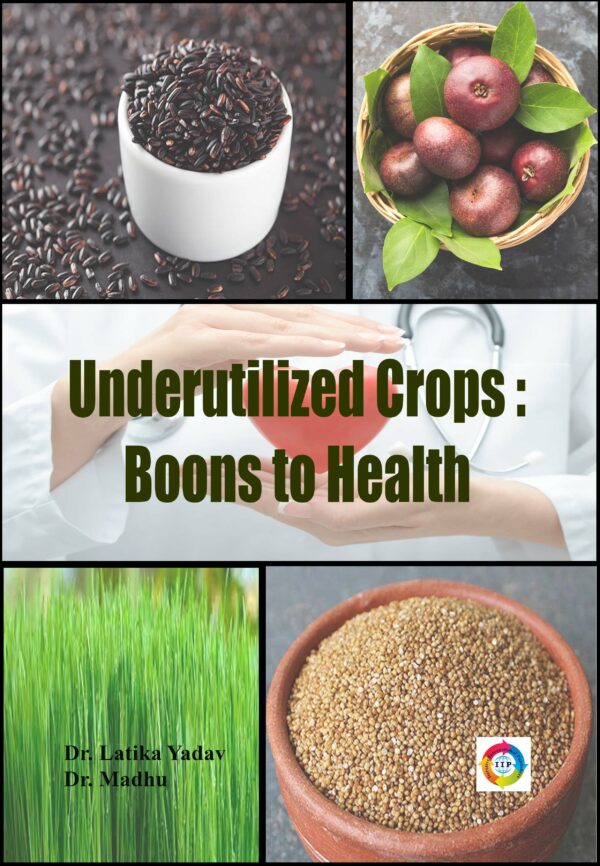
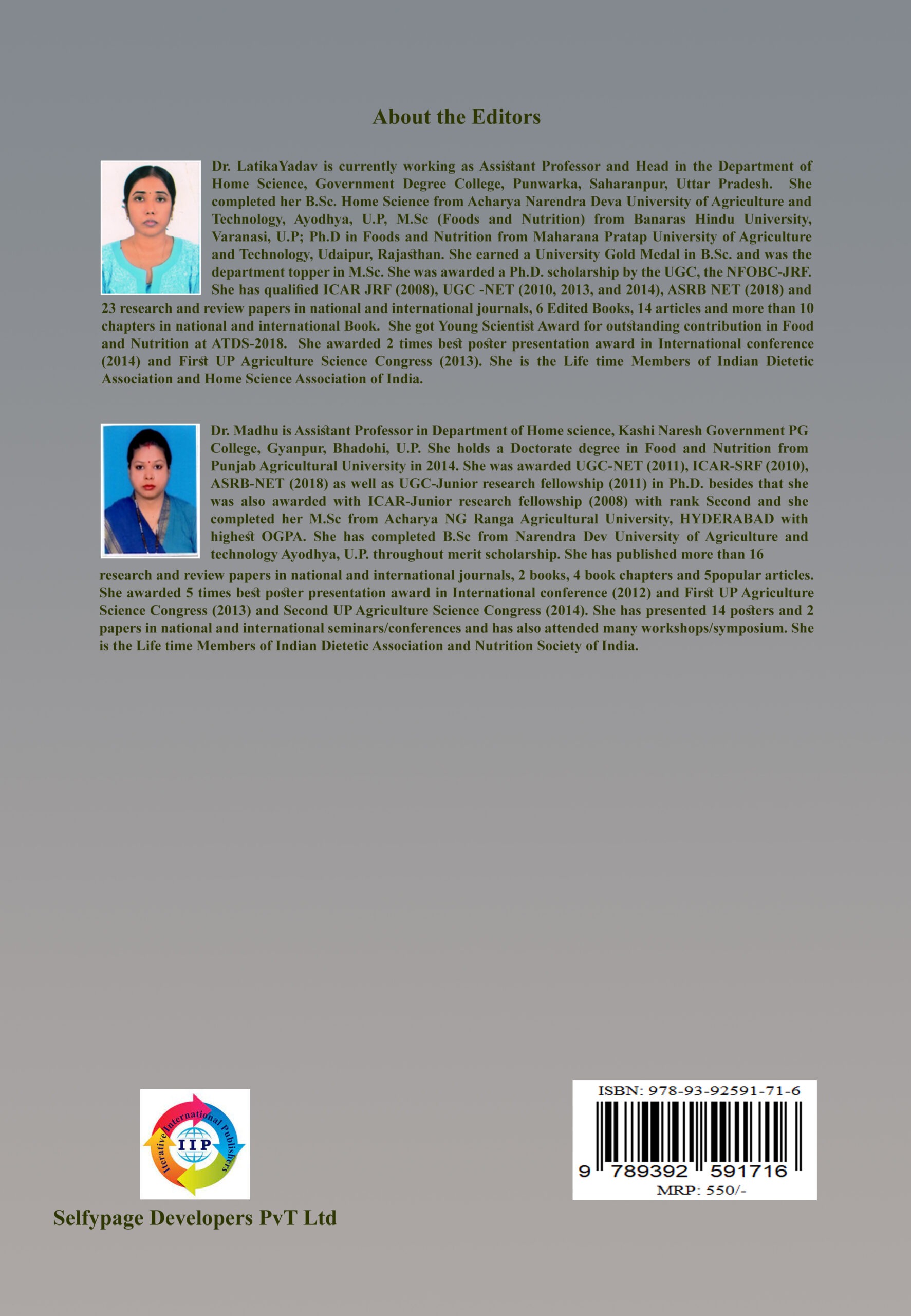
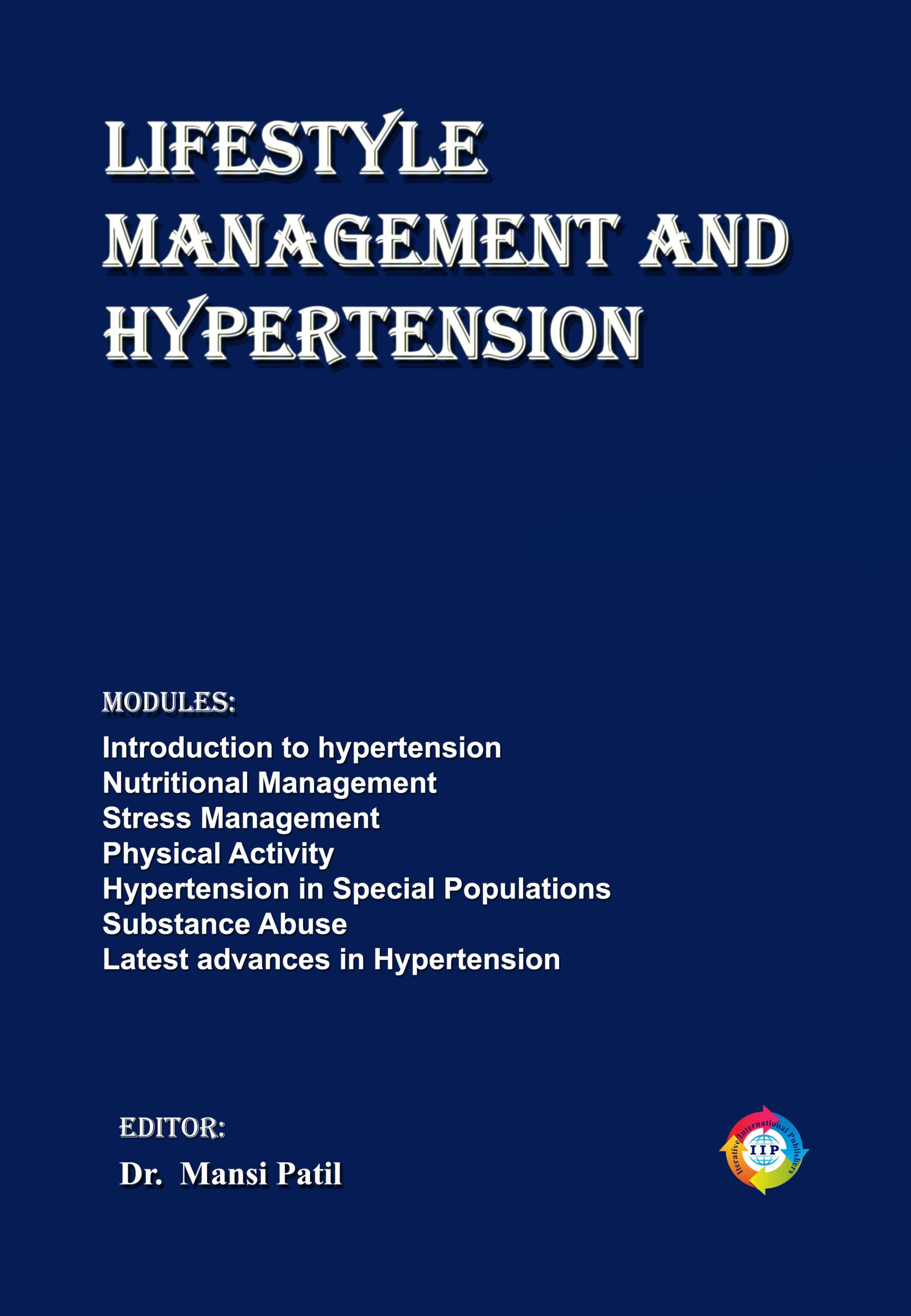
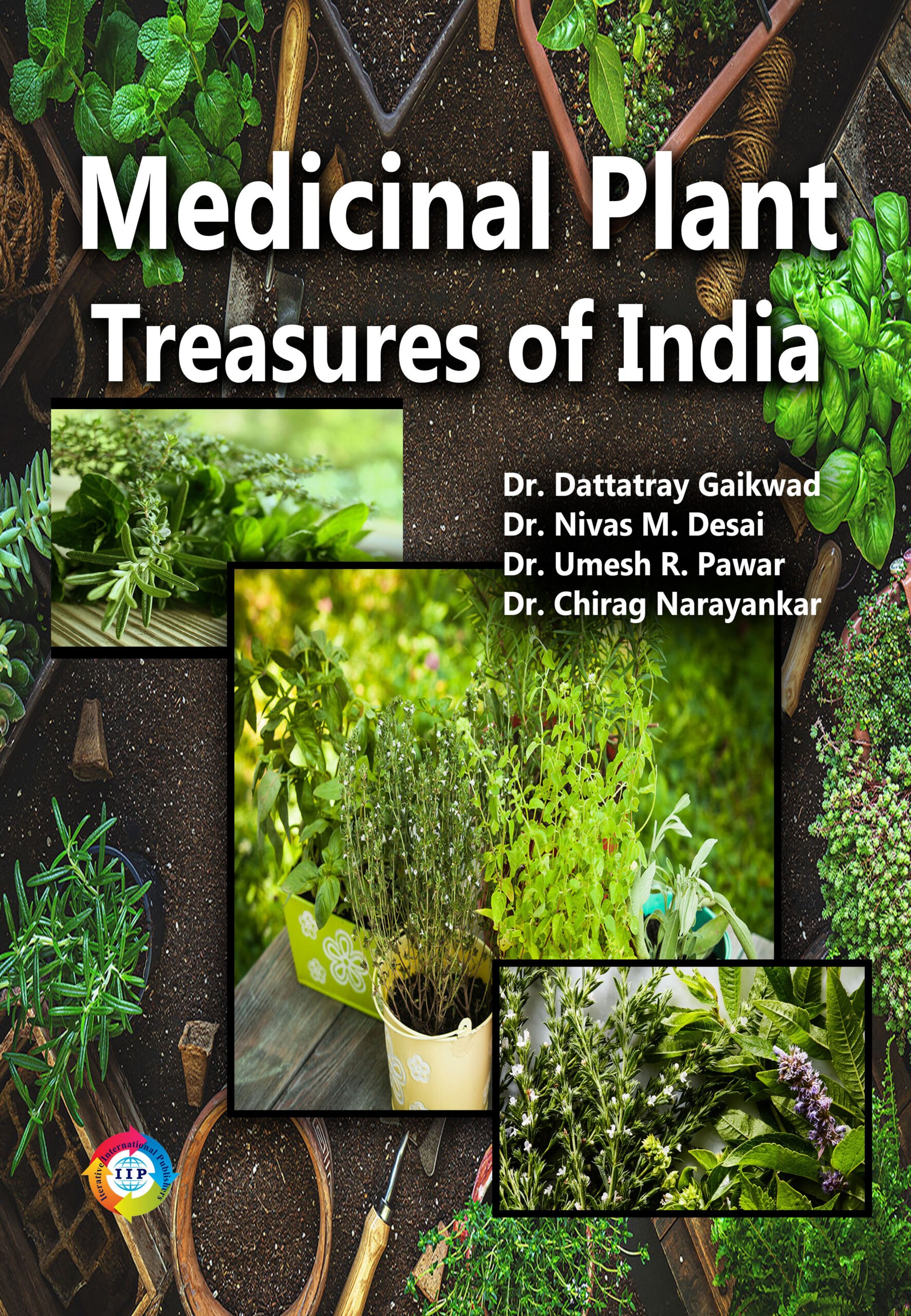



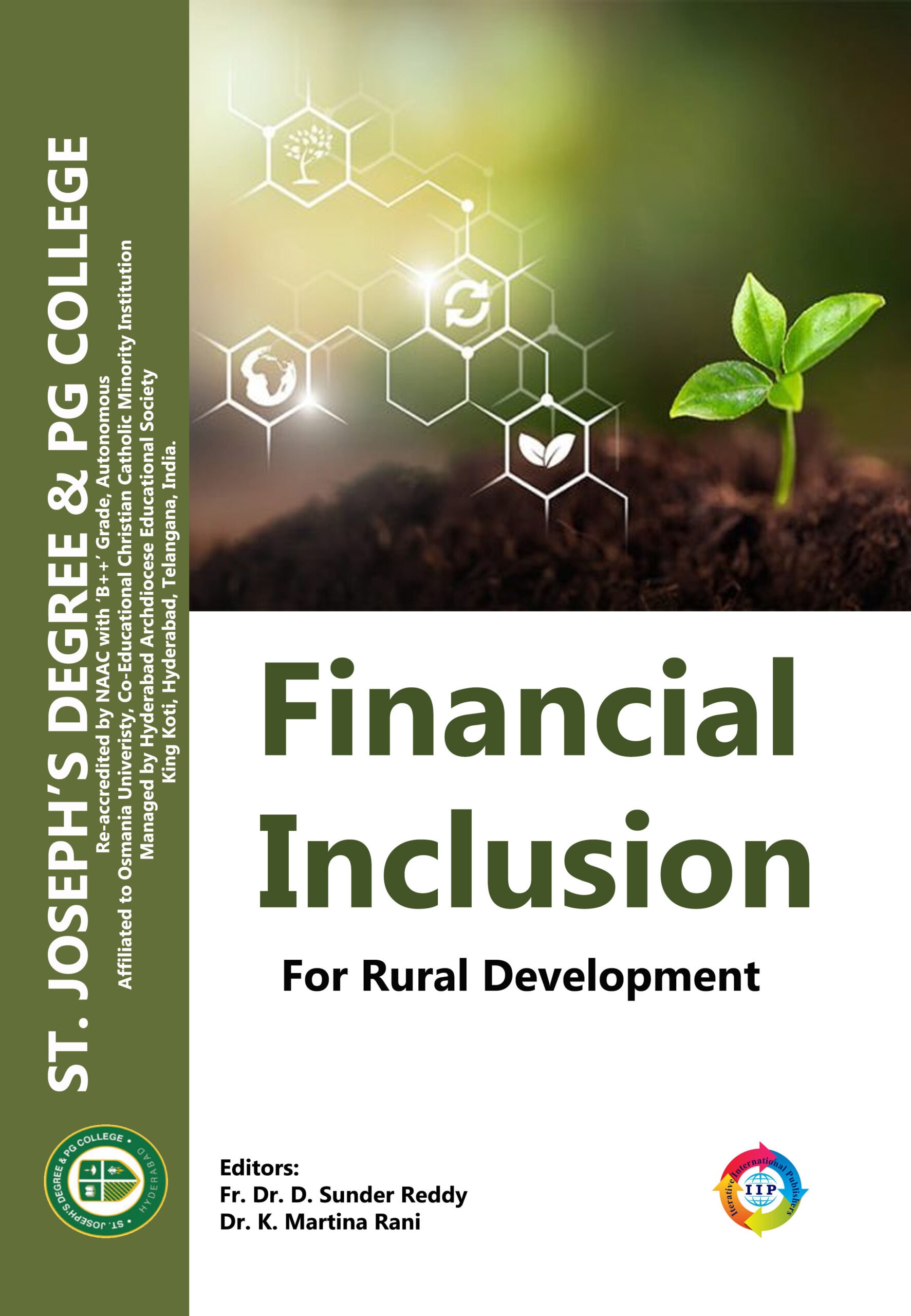
Reviews
There are no reviews yet.